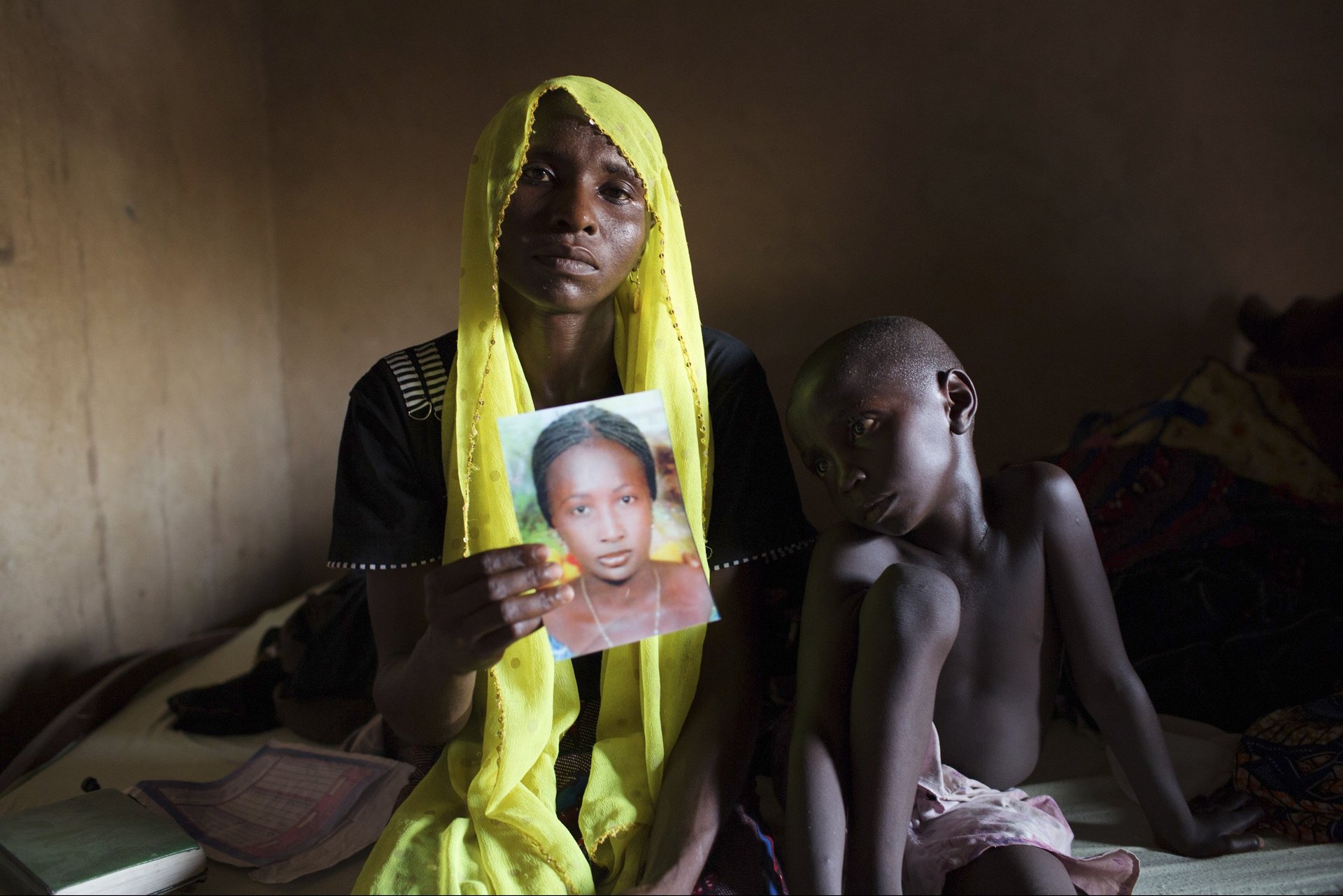The devastating numbers behind Boko Haram’s bloody rule
Today marks the first anniversary of the kidnapping of nearly 300 girls from a school in Chibok, Nigeria by the Islamist militant group Boko Haram. Despite the viral campaign to #BringBackOurGirls, many of them remain missing. And Boko Haram continues to carry out brutal, deadly attacks, killing thousands.


Today marks the first anniversary of the kidnapping of nearly 300 girls from a school in Chibok, Nigeria by the Islamist militant group Boko Haram. Despite the viral campaign to #BringBackOurGirls, many of them remain missing. And Boko Haram continues to carry out brutal, deadly attacks, killing thousands.
Amnesty International released a report describing the atrocities carried out by the Islamist militants in northeastern Nigeria. Here are some of the chilling statistics:
276: Exact number of girls kidnapped from the high school in Chibok. Some of them have escaped, but more than 200 are still unaccounted for. On April 14, the Empire State Building in New York will be lit in red and purple to commemorate the attack.
4,000: People killed by Boko Haram in 2014 alone. The group was formed as a religious movement in 2002, but started a wider campaign of violence a decade later. In 2014, it began to capture major towns in Nigeria. Amnesty says that by February 2015, it controlled two entire states and the majority of a third. Tens of thousands of people are under the group’s rule.
1,500: Civilians killed by the group only in the first months of 2015. The ways Boko Haram carries out its attacks vary, but most often the militants shoot civilians or cut their throats, the report says. Sometimes, the fighters give civilians a choice to join Boko Haram or die.
46: Bomb attacks between January 2014 and March 2015, killing 817 people. The group uses homemade explosive devices for car bombs or suicide attacks in crowded areas such as markets or schools.
300: Raids carried out by Boko Haram documented by Amnesty International since the start of 2014. One witness, a 39-year-old resident of the town of Gamborou, said that during a raid, Boko Haram fighters were “shooting and killing indiscriminately,” following people into their homes and executing them there. ”They went to a motorcycle shop in town; they took about 100 and rode around town on them killing people and burning houses as they went.”
2,000: Women abducted by the group in 2014. “After taking control of a town, Boko Haram often rounded up women and girls in large houses and placed them under armed guard,” the report says. In many cases, women and girls were forced into marriage with Boko Haram fighters, although some of them would be freed after their families paid ransom.
29%: Percentage of women interviewed by Amnesty who were raped by Boko Haram fighters after being kidnapped. Amnesty interviewed 80 women, and 23 of them were raped. Rape is forbidden in Boko Haram territories, but women and girls are often raped in secret, both within and outside forced marriages.
15,000: The estimated number of Boko Haram troops. Their organizational structure is fluid, Amnesty says, with relative autonomy left to each cell of fighters. The group has a spiritual leader, a man named Abubakar Shekau, and a council of elders, each of whom lead a “ministry.”
17: Police officers killed at a police station in Gamborou. Security forces are usually the first target of a Boko Haram raid. The group’s violent campaign against civilians stems from a series of attacks on police after their leader was arrested and killed in police custody in 2009.
5,900: Buildings destroyed in the town of Gwoza between March 13 and 17, according to satellite images.
3,700: Structures destroyed in the towns of Daga and Boron Daga in just the first days of January.
100: Men executed in one day in the town of Madagali for refusing to join Boko Haram. One witness escaped “when the executioner’s knife got too dull to slit any more throats,” and told Amnesty: “Before they got to my group, they killed 27 people in front of me. I was counting every one of them because I wanted to know when my turn would come.”